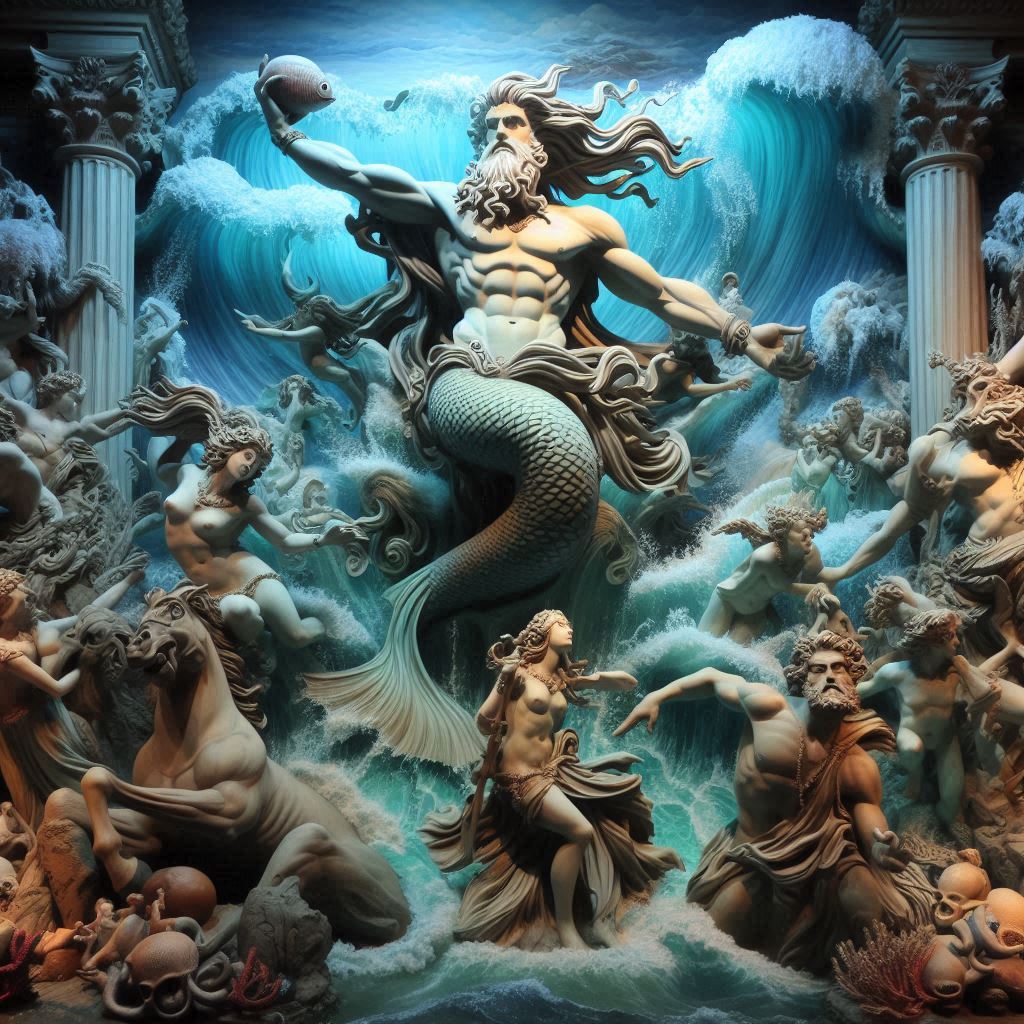The Wright brothers, Orville (1871-1948) and Wilbur (1867-1912), were American aviation pioneers credited with inventing, building, and successfully flying the world’s first powered, controlled, and sustained heavier-than-air aircraft. On December 17, 1903, near Kitty Hawk, North Carolina, the Wright brothers achieved this historic feat with their aircraft, the Wright Flyer. Their innovative approach to aeronautics and dedication to solving the challenges of flight laid the groundwork for modern aviation and forever changed the course of transportation.
The Wright brothers’ early interest in aviation was sparked by their father, Milton Wright, who brought home a toy helicopter for them in 1878. The brothers’ fascination with flight continued to grow as they read about the works of early aviation pioneers like Sir George Cayley and Otto Lilienthal. Inspired by these pioneers, as well as their natural curiosity and mechanical aptitude, Wilbur and Orville began experimenting with flight from an early age.
In 1892, the Wrights opened a bicycle sales and repair shop in Dayton, known as the Wright Cycle Company. The business provided them with the financial means to fund their aviation experiments. In addition to running the bicycle shop, the brothers developed a keen interest in the principles of flight, conducting extensive research and correspondence with other aviation enthusiasts and experts of their time.
One of the key challenges in achieving controlled flight was understanding the complexities of balance and control in three dimensions. The Wright brothers studied the flight of birds and observed that birds achieved control through the manipulation of wing surfaces. This insight led them to the concept of “wing warping,” a mechanism that allowed the pilot to control the roll of the aircraft by twisting or warping the wings.
The brothers’ dedication to systematic experimentation and testing was evident in their approach. They built kites and gliders to test various wing shapes and control mechanisms. In 1900, they successfully tested a glider with wing-warping controls at Kitty Hawk, North Carolina. The results of these tests provided valuable data and insights, but the Wrights realized that more sophisticated aerodynamic data was needed to design a powered flying machine.
The Wright brothers turned their attention to designing a wind tunnel to gather precise aerodynamic data. In 1901, they built a small wind tunnel and conducted systematic experiments with various wing shapes and airfoil designs. This meticulous approach allowed them to refine their understanding of lift and drag, providing the essential foundation for the design of a powered aircraft.
With their newfound knowledge, the Wright brothers set out to design and build their own aircraft engine. By 1903, they had constructed a lightweight, powerful engine that would propel their aircraft into the skies. The next challenge was to design an aircraft that could combine the principles of aerodynamics, balance, and control.
On December 17, 1903, at Kitty Hawk, the Wright brothers achieved a monumental milestone in the history of aviation. Wilbur piloted the Wright Flyer, a biplane with a wingspan of 40 feet, while Orville operated the controls for the first powered, controlled, and sustained flight in history. The aircraft covered a distance of 120 feet in 12 seconds. It was a modest achievement by modern standards, but it represented a giant leap forward in human capability.
The success of the 1903 flight was a result of years of dedicated research, experimentation, and innovation. The Wright brothers’ methodical approach to solving the challenges of flight, from understanding aerodynamics to developing a reliable engine and control system, set them apart from their contemporaries. Their achievement was not merely a stroke of luck; it was the culmination of scientific inquiry and engineering ingenuity.
After the historic flight, the Wright brothers continued to refine and improve their aircraft. They conducted numerous flights, expanding both the duration and distance of their journeys. In 1905, they built the Flyer III, which could stay aloft for over half an hour and cover a distance of nearly 25 miles. These advancements solidified the practical viability of powered flight.
The Wright brothers’ accomplishments faced initial skepticism from the scientific and aviation communities. To prove the reliability and practicality of their invention, they conducted public demonstrations and flights in Europe. The 1908 Wright Model A became the first commercially successful airplane, attracting international attention and orders.
In 1909, the Wright brothers established the Wright Company to manufacture and sell their aircraft. Their contributions to aviation extended beyond the development of airplanes; they also introduced training schools, pilot licenses, and other innovations that laid the groundwork for the burgeoning aviation industry.
Tragically, Wilbur Wright passed away from typhoid fever in 1912 at the age of 45. Orville, deeply affected by his brother’s death, sold the Wright Company in 1915 and focused on other pursuits, including aeronautical research and inventions.
The legacy of the Wright brothers looms large in the annals of aviation history. Their achievements paved the way for the rapid advancements in aviation that followed. World War I saw the widespread use of airplanes for reconnaissance and combat, and the post-war era witnessed the growth of commercial aviation.
Orville Wright lived to see the profound impact of their invention. He passed away on January 30, 1948, at the age of 76. The Wright brothers’ contributions to aviation were officially recognized when the Wright Flyer was enshrined in the Smithsonian Institution in Washington, D.C.
The significance of the Wright brothers’ achievements extends far beyond the realm of aviation. Their story serves as a testament to the power of scientific inquiry, perseverance, and innovation. By unlocking the secrets of flight, they transformed the world, shrinking distances and connecting people in ways that were previously unimaginable.
Today, the Wright brothers are celebrated as pioneers whose spirit of exploration and discovery has inspired countless individuals to reach for the skies. The principles they established in the early 20th century continue to shape the design and engineering of aircraft, influencing everything from commercial airliners to space exploration vehicles. The Wright brothers’ legacy is not just a chapter in the history of aviation but a testament to the human capacity for imagination, ingenuity, and the relentless pursuit of the unknown.










